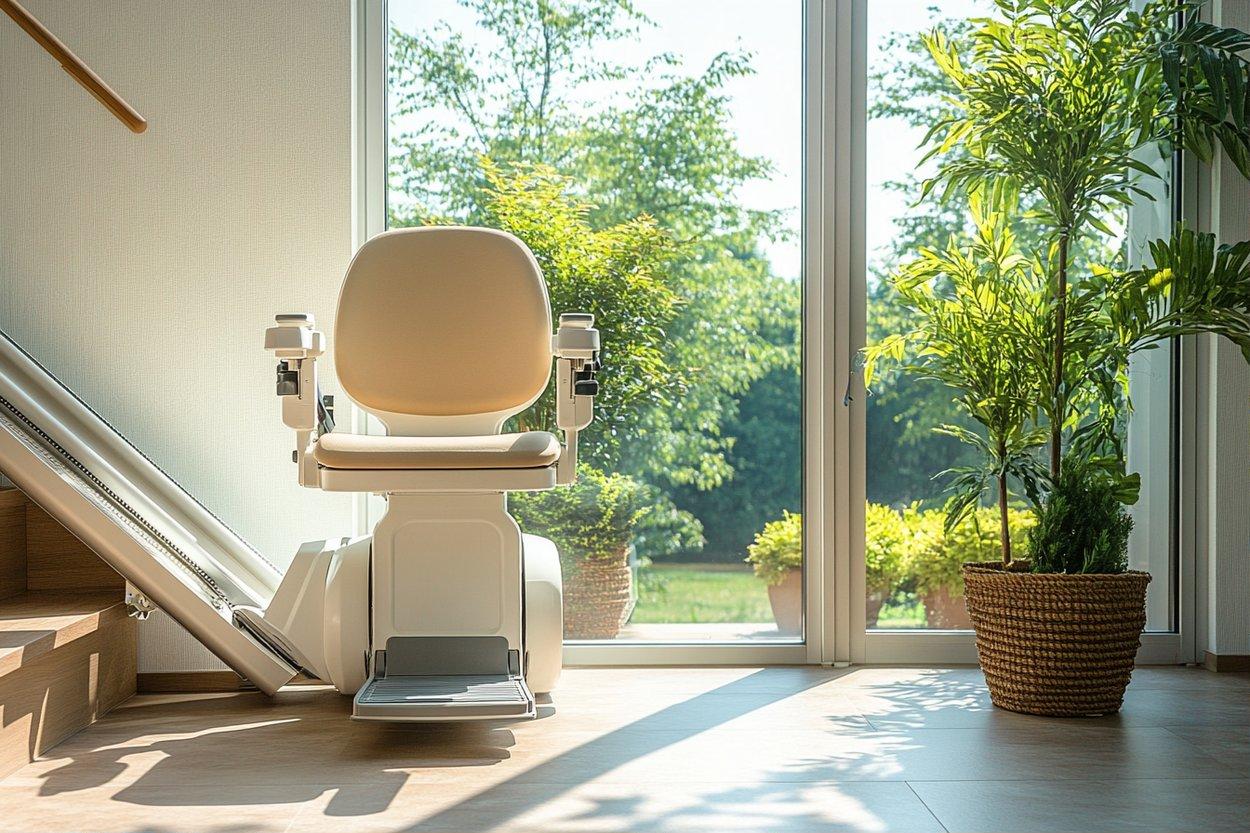Exploring 1 bedroom senior apartments: A practical guide
One-bedroom senior apartments offer manageable living spaces designed for comfort and accessibility. With layouts that promote independence and safety, these homes provide retirees with practical, secure, and community-oriented housing options for daily life.

Senior housing options have evolved significantly over recent decades, with one-bedroom apartments emerging as a popular choice for older adults seeking to downsize while maintaining independence. These specialized living spaces combine the privacy of a personal residence with community amenities and varying levels of support services. Whether you’re researching options for yourself or helping a loved one make housing decisions, understanding the unique aspects of senior apartments can help ensure a comfortable, safe, and fulfilling living arrangement.
Comfortable One-Bedroom Living for Seniors
One-bedroom senior apartments typically range from 550 to 750 square feet, offering an efficient yet comfortable living space that balances privacy with manageable maintenance. These units generally feature an open-concept design with a bedroom separate from the main living area, providing distinct spaces for sleeping, entertaining, and daily activities.
Most senior-focused apartments incorporate thoughtful design elements like wider doorways, accessible bathroom configurations, and ergonomic kitchen layouts. The simplified floor plan eliminates unnecessary stairs and reduces walking distances between rooms, making daily navigation easier for those with mobility concerns.
Many communities also offer personalization options allowing residents to create a sense of home through paint colors, window treatments, and the ability to bring cherished furniture pieces. This balance of right-sized living with personal expression helps create environments where seniors can thrive while eliminating the burden of maintaining larger homes.
Accessibility and Safety Features
Safety considerations take center stage in well-designed senior apartments. Modern units often include enhanced lighting systems, non-slip flooring, grab bars in bathrooms, and emergency call systems that provide peace of mind for residents and their families.
Accessibility features commonly found in senior apartments include step-free entrances, lever-style door handles instead of knobs, raised electrical outlets, and lower light switches. Kitchens may feature pull-out shelving, front-control appliances, and variable-height countertops to accommodate different mobility levels and physical abilities.
Many communities also implement smart home technology options that allow residents to control lighting, temperature, and security features through simple interfaces or voice commands. These technological adaptations can significantly enhance independence while providing an additional layer of safety monitoring when needed.
Independent Senior Housing Options
The spectrum of independent senior housing encompasses various models to match different lifestyle preferences and care needs. Active adult communities offer minimal services beyond standard apartment maintenance, appealing to self-sufficient seniors seeking community connections without intrusive support.
Independent living communities provide more comprehensive service packages, typically including meals, housekeeping, transportation, and social programming. These communities foster engagement through shared spaces like libraries, fitness centers, and crafts rooms where residents can pursue interests and build relationships.
For those needing occasional assistance, some independent living communities offer à la carte support services that can be added to a basic housing package. This flexibility allows residents to maintain independence while accessing help with specific tasks like medication management or personal care as needs change over time.
Financial Considerations for Senior Apartments
The cost of one-bedroom senior apartments varies significantly based on location, amenities, and included services. Monthly rental rates typically range from $1,500 to $4,500 nationwide, with urban and coastal markets commanding premium prices compared to rural or suburban locations.
| Housing Type | Average Monthly Cost | Typical Included Services |
|---|---|---|
| Active Adult Apartments | $1,500-$2,500 | Basic maintenance, community amenities |
| Independent Living | $2,500-$4,000 | Meals, housekeeping, transportation, activities |
| Assisted Living (with 1BR option) | $3,500-$6,000 | Above plus personal care assistance |
Prices, rates, or cost estimates mentioned in this article are based on the latest available information but may change over time. Independent research is advised before making financial decisions.
Beyond monthly rent, prospective residents should consider additional fees for services, community buy-in costs if applicable, and annual rate increases. Many communities offer financial incentives for new residents, including reduced deposits, waived community fees, or move-in assistance packages.
Community Amenities and Social Opportunities
The social environment represents one of the most valuable aspects of senior apartment living. Quality communities foster connection through thoughtfully designed common areas, organized activities, and opportunities for meaningful engagement.
Typical community spaces include dining rooms, libraries, fitness centers, game rooms, and outdoor areas like walking paths and garden spaces. These shared environments provide natural gathering points where residents can build relationships outside their private apartments.
Structured activities might include fitness classes tailored to senior abilities, educational workshops, cultural outings, and hobby groups. The best communities balance scheduled programming with unstructured social time, allowing residents to form organic connections while pursuing personal interests.
Making the Transition to Senior Apartment Living
Moving from a larger home to a one-bedroom apartment requires thoughtful planning and emotional preparation. Starting the downsizing process early allows time for meaningful decisions about possessions and reduces last-minute stress.
Professional senior move managers can provide valuable assistance with space planning, helping determine which furniture pieces will fit comfortably while maintaining good traffic flow. These specialists can also coordinate donation of unwanted items and manage logistics of the physical move.
Many communities offer transition support services, including floor plan consultations, moving coordination, and orientation programs that help new residents navigate community resources and connect with neighbors. Taking advantage of these services can significantly ease the adjustment period and help establish a sense of belonging in the new environment.
The decision to move to a senior apartment represents an opportunity to simplify life while gaining access to community, services, and support. By understanding the various options available and carefully evaluating personal preferences and needs, seniors can find one-bedroom living spaces that enhance independence while providing appropriate accommodation for the years ahead.




